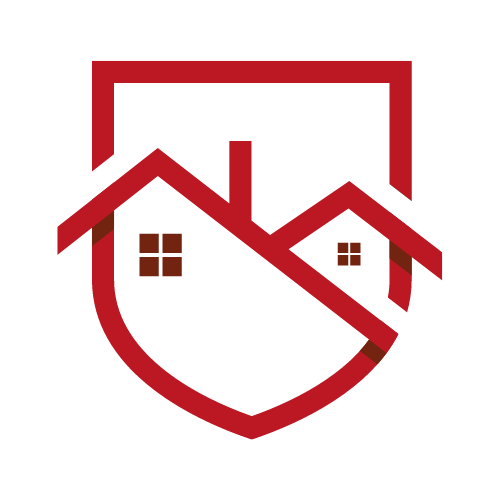The Future Interwoven: Networks, IoT, and AI in Transforming Societies and Industries

Introduction
The fusion of networking, the Internet of Things (IoT), and Artificial Intelligence (AI) is set to transform our world in unprecedented ways. This article delves deeper into how this technological synergy is reshaping various sectors, from urban planning to healthcare, industrial automation, consumer experience, and environmental conservation.
1. Smart Cities and Urban Planning
The concept of smart cities embodies the integration of AI, IoT, and network technology to enhance the quality of urban living. In these cities, IoT devices gather data on everything from traffic patterns to energy usage, which AI systems then analyze to optimize city services.
- Traffic Management: AI algorithms process data from traffic sensors and cameras to manage traffic flows, reducing congestion and improving commute times.
- Pollution Control: Networks of sensors monitor air quality, providing data that AI uses to forecast pollution levels and suggest corrective actions.
- Energy Conservation: Smart grids, using AI and IoT, can dynamically adjust energy distribution based on real-time data, leading to significant energy savings and reduced emissions.
- Public Safety: AI-enhanced surveillance systems can improve public safety, providing city officials with tools to respond quickly to incidents.
2. Healthcare Revolution
AI and IoT are ushering in a healthcare revolution, moving towards more personalized and preventive health management.
- Personalized Healthcare: By analyzing data from wearable IoT devices, AI can offer personalized health recommendations, adapting to each individual's unique health profile.
- Early Disease Detection: AI algorithms can detect patterns indicative of diseases from medical imaging or sensor data, often long before clinical symptoms emerge.
- Remote Patient Monitoring: IoT devices enable remote monitoring of patients, reducing the need for hospital visits and allowing for earlier intervention when health issues are detected.

3. Enhanced Industrial Automation
In the industrial sector, AI and IoT are creating more efficient, responsive, and adaptive systems.
- Predictive Maintenance: IoT sensors on machinery can detect early signs of wear or failure, and AI can predict when maintenance is needed, reducing downtime.
- Smart Manufacturing: AI-driven robotics and IoT sensors can optimize manufacturing processes, improving quality control and production efficiency.
- Supply Chain Optimization: AI analyzes data from across the supply chain, enhancing logistics, inventory management, and demand forecasting.
4. Personalized Consumer Experience
In the consumer space, the integration of AI, IoT, and networks is personalizing user experiences.
- Adaptive Products and Services: From smart homes that adjust lighting and temperature to personal preferences, to AI-driven content recommendations, consumer experiences are becoming more tailored.
- Anticipatory Services: AI can predict consumer needs and behaviors, leading to anticipatory service models where products and services are offered even before the consumer explicitly expresses a need.
5. Environmental Monitoring and Conservation
This technological synergy is a powerful tool in the fight against environmental challenges.
- Climate Change Response: AI and IoT provide critical data and predictive models for understanding and combating climate change.
- Wildlife and Habitat Monitoring: IoT sensors can monitor wildlife and their habitats, providing data that AI uses to inform conservation strategies.
- Natural Disaster Prediction and Response: AI's predictive capabilities are vital in forecasting natural disasters, aiding in preparedness and response efforts.

Conclusion
The intertwining of networks, IoT, and AI is not just a technological evolution; it's a paradigm shift that holds the promise of more efficient, sustainable, and personalized solutions across various sectors. As we navigate this new era, the focus must be on harnessing these technologies responsibly and ethically to ensure they serve the greater good of society and the planet.







